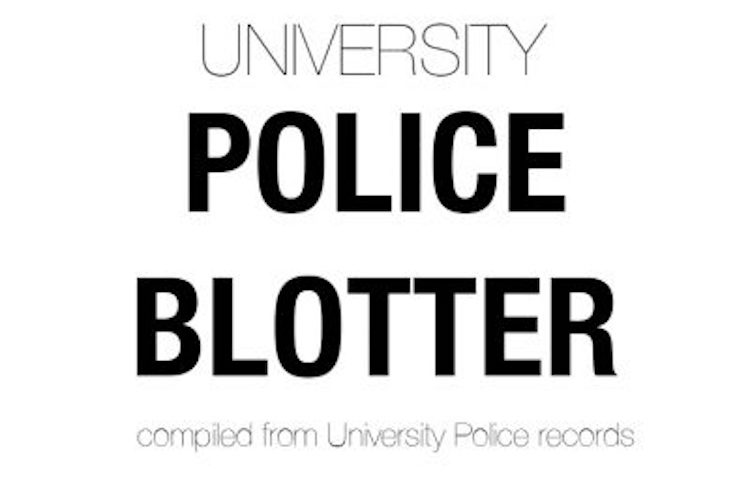As part of their campaign platform, Student Senate President Aaron Olson and Vice President DeAnna Breault promised in February to “work for the return of a 24-hour library.”
Now, eight months after their election, McIntyre Library will be open 24 hours a day for three additional days before finals week, university officials said.
From Monday, Dec. 12, through Friday, Dec. 16, the library will be open 24 hours a day, McIntyre Library Director Robert Rose said.
The building also will be accessible from 7:30 a.m. to midnight on Saturday, Dec. 17, and 24 hours a day for the duration of finals week, Dec. 18 through Dec. 23, Rose said.
Since the library discontinued its 24-hour policy in 2002, it has been open 24 hours only during finals week.
Because of an initiative set forth by Olson and Breault, however, a one-year trial period will allow officials to assess how useful any future action would be.
Andy Soll, vice chancellor of Business and Student Services, said Olson first came to him with the idea of restoring the 24-hour library last semester and in late September. He sat down with Soll and Steve Tallant, interim provost and vice chancellor of academic affairs, to discuss the matter.
“We all thought it was a good idea,” Tallant said, “but we wanted to see utilization (of the library) before we made a decision.”
Keeping the library open 24 hours for the entire year is financially infeasible, Soll said; therefore, they reached a conclusion to provide time for students to use a 24-hour library the week before finals.
“We sat down with the academic calendar and figured out specific dates,” Soll said, explaining that they came up with a total of eight nights during the academic year to extend the library’s hours.
Five additional days before spring semester finals week also will be included in the pilot program, Rose said.
The pilot has a projected cost of about $780, Rose said, a number that might change depending on the people who work on those nights and their hourly wages.
In addition, this estimate is for eight nights, Soll said. In a normal academic year, when finals weeks coincide with the business week, the number of nights would increase to 10 nights a year, he said.
Tallant and Soll said they have agreed to allocate funds from each of their general operating budgets to fund the extension of hours.
“It’s a great first step,” Olson said, adding that he ideally would like to see future administrations work to bring back the 24-hour library at a time when the budget is not as much of a concern.
“There needs to be just a place 24 hours a day, seven days a week where students can go to,” he said, “and to me that has to be the library.”
With a cut of $2.2 million in this year’s budget and a $1.9 million cut next year, Soll said, the university does not want to spend the money if few or no students use the library outside of its current hours.
Officials said they are hopeful that the temporary extension will inspire more students to use the library for studying.
“I’m hoping it will have an impact,” Tallant said. “We’ll find out.”
Soll agreed, saying even if students seize the opportunity because they have found other places to study, it is something the administration wants to find out as well.
“If we’re going to spend the money, I would hope they would take advantage of it,” he said “We’ll see how it goes and see how many students use (the library).”
Senior Meg Stoll said she comes to the library about three days a week to study and having the building open 24 hours a day before finals would be a good thing for those students with exams at the beginning of the week.
“It obviously wouldn’t do them much good if it’s open towards the end of the week when they are done. So I would think it would help more in preparing for finals if they are open,” she said.
However, Stoll said, if the results of the pilot show that students still aren’t taking advantage of the 24-hour facility, officials shouldn’t take the process any further.
“If there isn’t a good turnout, I don’t think people should have to work here all night if no one’s going to take advantage of it.”
In a physical, numerical count conducted by library employees over the three years before the library switched to its current hours, the average number of people in the library was 31.32 at 1 a.m.; 8.8 people at 3 a.m.; and 5.1 people at 6 a.m., according to library records.
A similar system will be used to come up with a number of students who take advantage of the new hours.
Rose doesn’t foresee any changes being made to the normal library hours because of budget concerns and the low number of people using it.
“I don’t think it will (help) based on the usage patterns have been history,” he said. “(But) if it proves useful to a large number of students, that’s great.”






